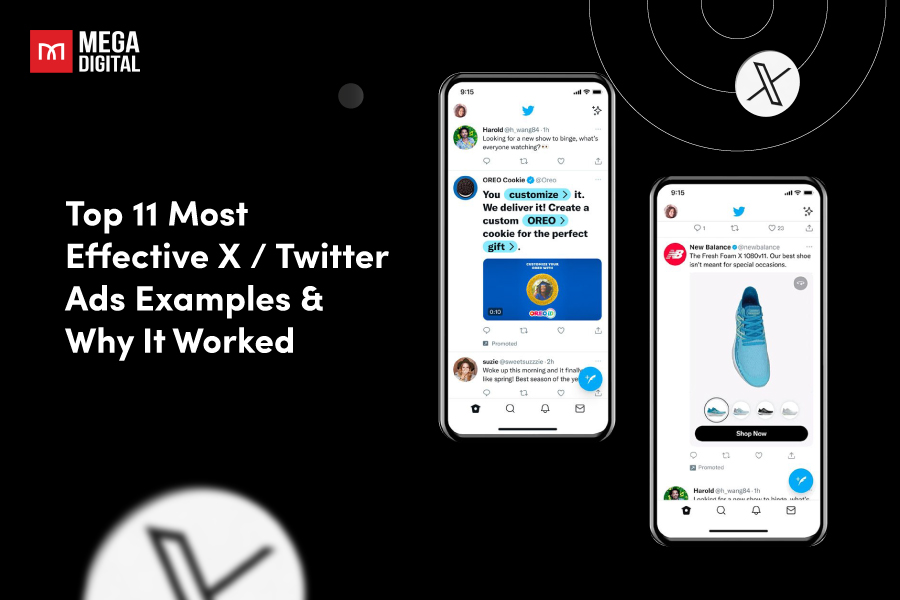Dropshipping fulfillment enables eCommerce businesses to meet order demands without the expense and risk of maintaining inventory. This approach is not only quicker and more efficient but also helps you save both time and money. So, how does dropshipping fulfillment actually work? In this blog post, I will provide insights into how this model works, its benefits, and the top 4 dropshipping fulfillment companies to collab with.
What is Dropshipping Fulfillment?
Firstly, dropshipping is a popular e-commerce strategy where a business acts as a middleman, selling products it doesn’t physically hold in stock. When a customer places an order, the dropshipper relays it to a supplier who then packages and ships the item directly to the customer.
So what is dropshipping fulfillment? It is a business model where a retailer (the dropshipper) sells products to customers without keeping them in stock. Instead, dropshippers outsource the entire fulfillment process to a dedicated fulfillment service. This service typically handles:
- Inventory management: The fulfillment service stores the supplier’s products.
- Order processing: When the dropshipper receives an order, he/she automatically sends it to the fulfillment service.
- Packaging and shipping: The fulfillment service picks, packs, and ships the ordered product to the customer.
- Returns and exchanges: Depending on the agreement, the fulfillment service may also handle returns and exchanges.
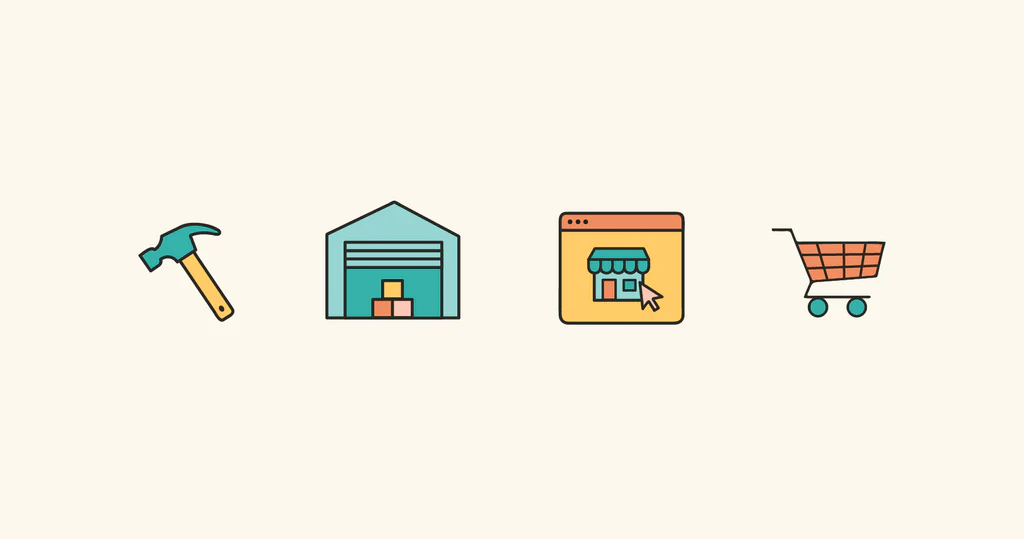
Which Parties are Involved in Dropshipping?
The dropshipping supply chain consists of three key players: manufacturers, dropshipping suppliers, and retailers.
Manufacturers
Manufacturers are responsible for producing the products, but they typically don’t sell directly to retailers or consumers. Instead, they sell large quantities to suppliers.
Purchasing directly from manufacturers is often the most cost-effective option for reselling products, but it comes with minimum order requirements. Additionally, you’ll need to handle inventory and shipping to customers yourself. For these reasons, many businesses find it more convenient to partner with a dropshipping supplier.
Dropshipping Suppliers
Dropshipping suppliers purchase products in bulk from manufacturers, add a slight markup, and sell them to retailers for resale.
These suppliers not only manage inventory but also fulfill customer orders. They handle the picking, packing, and shipping of products directly to consumers.
Retailers
Retailers are those who sell products directly to consumers. If your business relies on a dropshipping supplier to fulfill orders, then you operate as a retailer.
Benefits and Challenges of Dropshipping Fulfillment
Dropshipping fulfillment offers significant benefits for starting and scaling an e-commerce business. However, it’s essential to be aware of the challenges as well.
Benefits of Dropshipping Fulfillment
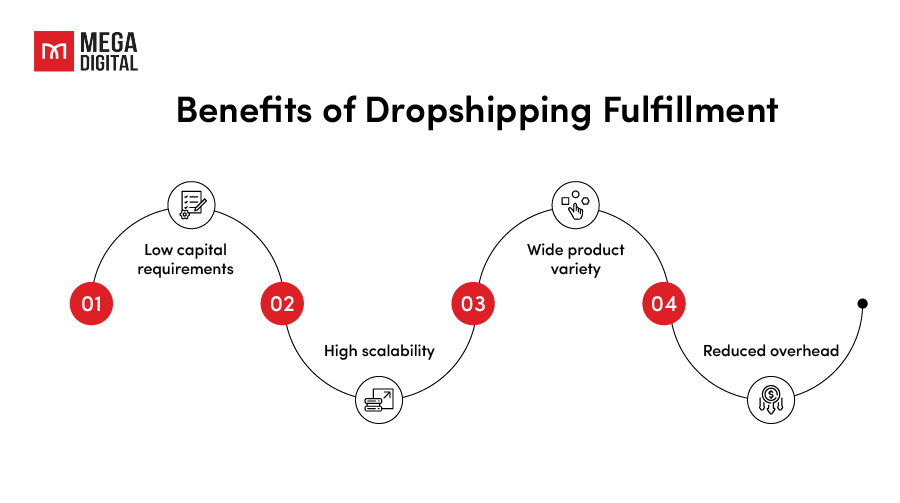
Low capital requirements
One of the biggest advantages of dropshipping fulfillment is the minimal upfront investment. Traditional retail businesses require purchasing inventory in advance, which can tie up significant capital. With dropshipping, you only pay for the products once you’ve already made a sale, eliminating the need for large upfront expenses. This allows you to start and grow your business with far less financial risk.
High scalability
Dropshipping offers exceptional scalability since the burden of managing inventory and fulfillment lies with the suppliers. As your business grows and demand increases, you can easily expand without worrying about stock shortages or warehouse space. With dropshipping, you can focus on marketing and scaling your store, while suppliers handle order fulfillment.
>>> Read more: How to Do Product Research for Dropshipping: 6 Best Methods
Wide product variety
Since you don’t need to maintain inventory, dropshipping allows you to offer a wide range of products to your customers. You can easily add or remove items from your online store without the risk of overstocking or being stuck with unsold goods. This flexibility enables you to respond quickly to trends and customer preferences, expanding your product offering without any added cost.
Reduced overhead
By eliminating the need for physical inventory, warehouse space, and the costs associated with packing and shipping, dropshipping significantly reduces your overhead expenses. Without the hassle of managing these logistics, you can focus your time and resources on growing your business, whether through marketing efforts, customer service improvements, or expanding your product line.
Challenges of Dropshipping Fulfillment
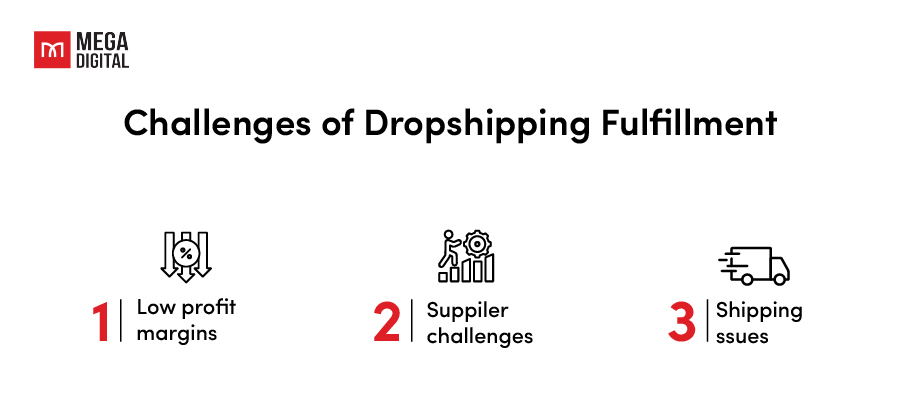
Low profit margins
While dropshipping allows you to avoid upfront inventory costs, it comes with relatively low profit margins. Since suppliers handle product fulfillment and mark up their prices slightly before selling to retailers, the difference between the wholesale cost and your retail price can be slim. This means you may need to sell a high volume of products to generate significant profits. Additionally, competition in the dropshipping space can drive prices down, further squeezing your margins.
Supplier challenges
Dropshipping relies heavily on third-party suppliers, and any issues they face can impact your business. If a supplier runs out of stock, experiences delays, or makes shipping errors, it can lead to dissatisfied customers and damage your reputation. Since you don’t have direct control over product quality or fulfillment speed, resolving these issues can be difficult. Building strong, reliable relationships with suppliers is essential to minimize potential challenges.
Shipping issues
With dropshipping, shipping can become more complicated, especially if you work with multiple suppliers in different locations. If a customer orders products from different suppliers, they may incur multiple shipping fees, or experience longer delivery times due to fragmented fulfillment. Coordinating shipping logistics can also lead to inconsistencies, such as varying delivery speeds and tracking information, which can affect the overall customer experience.
How to Fulfill Dropshipping Orders?
Efficient dropship order fulfillment involves automatic order transmission from the retailer’s website to the supplier’s system. The fulfillment process for dropshipping typically involves 6 steps:
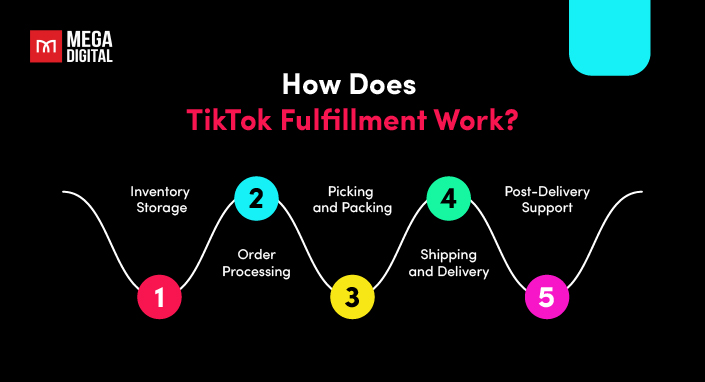
Step 1. Integrate with your supply chain
Start by deciding which products you want to sell and sourcing reliable dropshipping suppliers for them.
Your dropshipping supplier will usually provide guidance on pricing, minimum order quantities, and any additional fees. They’ll also supply product images and descriptions, allowing you to list and sell items without handling them directly.
Although the dropshipping fulfillment process might seem straightforward, it can still require a significant amount of manual effort. You’ll be responsible for creating product listings, uploading product information, keeping your online store’s inventory up to date, and ensuring that your pricing is accurate.
Step 2. The customer places an order
When a customer places an order on your website, your platform automatically captures and processes the order details. This information typically includes the customer’s name, shipping address, and payment confirmation.
Step 3. Communicate the order to your supplier or fulfillment service
Once you’ve processed the customer’s order, the next step is to place an order with your dropshipping supplier to fulfill the purchase.
In many cases, the order isn’t automatically forwarded to the supplier by your platform. Instead, you’ll usually need to manually send the order details, which often involves emailing the supplier with the customer’s information and the product request. Depending on your system, you might also need to double-check the order’s accuracy before sending it.
>>> Read more: Dropshipping vs Ecommerce: Key Differences You Must Know
Step 4. Supplier or fulfillment service picks, packs, and ships the order
Once the supplier has received your payment, they handle the entire fulfillment process. They will pick, pack, and ship the order directly to your customer. Although the supplier is fulfilling the order, your business name, address, and logo will appear on the packing slip or invoice, maintaining your brand’s presence.
After the product is prepared for shipment, the supplier will send you an invoice along with the tracking number. It’s then your responsibility to forward the tracking details to your customer. Being aware of shipping times and keeping customers informed is crucial to ensure a smooth delivery experience.
Step 5. Pay the supplier
Depending on the agreed terms, you pay the supplier every 30, 60, or 90 days, completing the transaction.
You retain the difference between the supplier’s charges and the customer’s payment, with the average profit margin in the dropshipping industry being around 20%.
Top 4 Dropshipping Fulfillment Companies
While dropshipping fulfillment offers potential profits and advantages, numerous entrepreneurs seek reputable, seasoned dropshipping fulfillment companies to enhance their shipping operations and deliver superior customer experiences. Below are some leading dropshipping fulfillment centers and firms to explore for your entrepreneurial ventures.
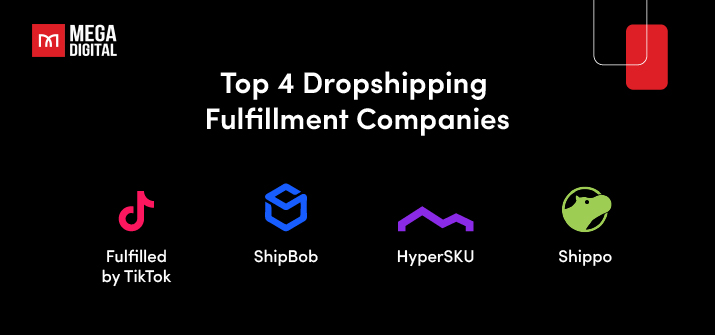
Fulfilled by TikTok
Fulfilled by TikTok (FBT) is a new fulfillment service offered by TikTok Shop that aims to streamline the logistics process for sellers on the platform. By outsourcing storage, picking, packing, and shipping to TikTok, sellers can focus on what they do best: creating engaging content and driving sales.
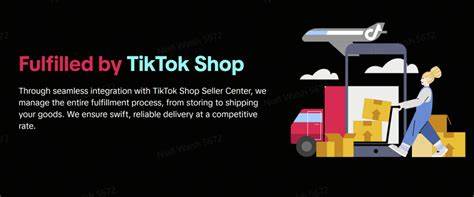
- Pros:
- Access to TikTok’s logistics network
- Fast shipping process
- Viral success
- Efficient customer service
- Cons: Limited product eligibility
- Price: 4 FBT fees consist of:
- Receiving fee
- Warehousing fee (No charge for warehouse storage if stock aging is under 30 days)
- Fulfillment fee
- Packing materials fee
ShipBob
ShipBob, a 3PL company, efficiently handles dropshipping order fulfillment with an affordable pricing structure. It boasts a broad fulfillment network across 23 US and seven international warehouse locations.
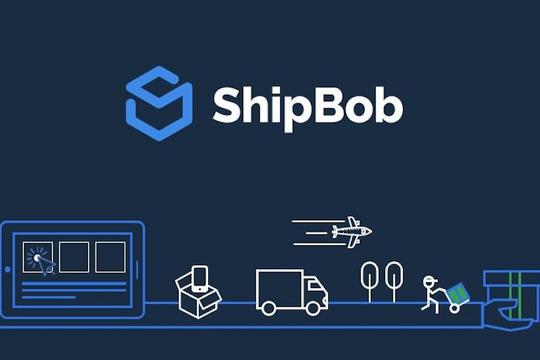
- Pros:
- Extensive fulfillment network
- Fast and low-cost shipping
- No order minimums or extra packing fees
- Cons:
- Relatively high storage fees
- Lacks refrigeration options
- Price: Subscription starts at $975, with additional fees for receiving and storage.
HyperSKU
HyperSKU is a versatile and client-oriented dropshipping fulfillment service catering to businesses of varying order volumes. With access to over 2000 vetted factories, it offers order-sourcing services, fast shipping, and 72 shipping destinations.

- Pros:
- Excellent pricing
- Flexibility
- Fast shipping
- Products sourced from reputable companies.
- Cons: Expanding shipping destinations and experience.
- Price: No subscription fees to start.
Shippo
Shippo is a versatile dropshipping fulfillment company catering to small to midsize businesses and subscription box companies. It offers a rate comparison tool, automation features, and branded communication options.
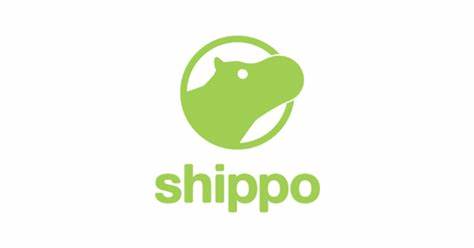
- Pros:
- Multiple carrier options
- Discounted shipping rates
- Branded notifications
- Automation features.
- Cons:
- Surcharges for certain labels
- Less robust customer service.
- Price: $10 to $200 per month for shipments ranging from 60 to 10,000.
>>> Read more: [2025] Top 20+ fast ship & low-cost dropshipping suppliers in USA
Wrap-up
In conclusion, dropshipping offers a flexible and low-cost way to start an eCommerce business. By understanding the dropshipping process and carefully selecting reliable suppliers, you can build a successful online store with minimal upfront investment. I hope that this blog post has provided you with valuable insights to help you navigate the world of dropshipping and make informed decisions for your business.









